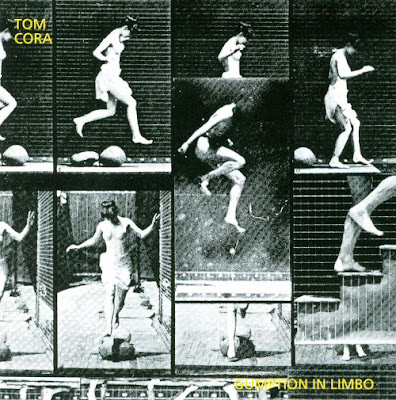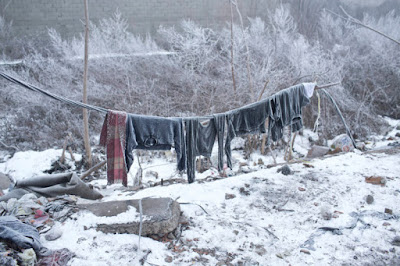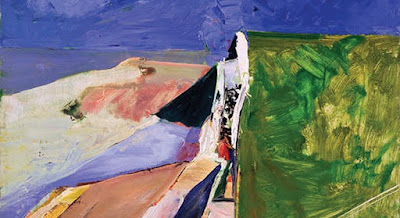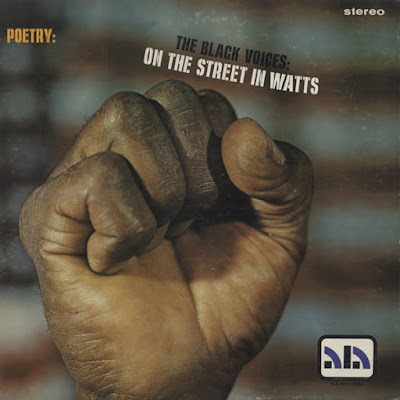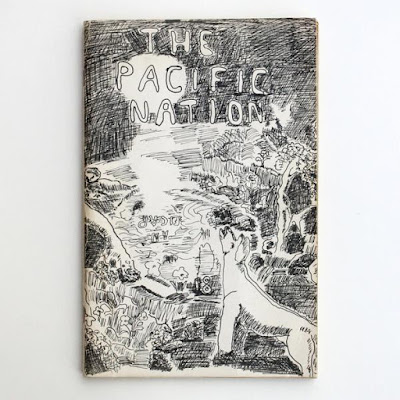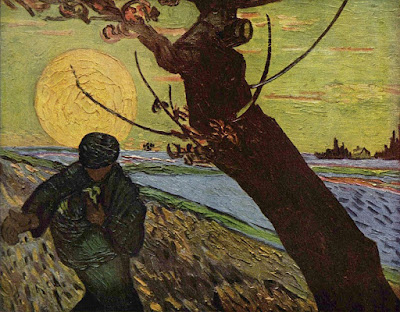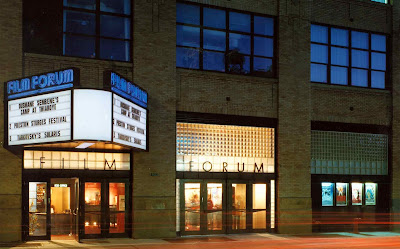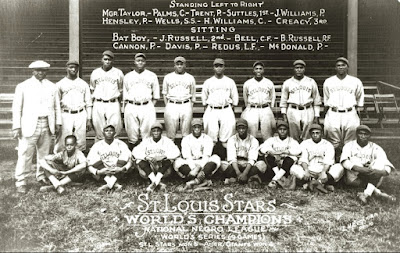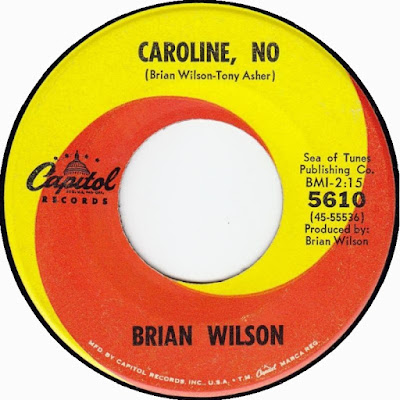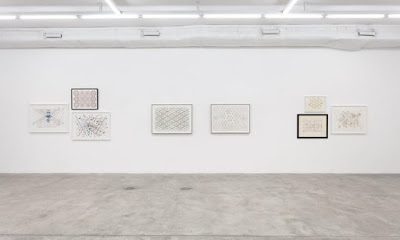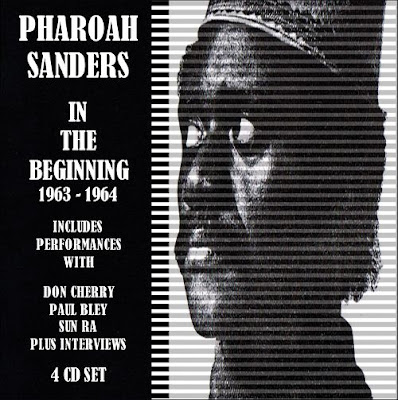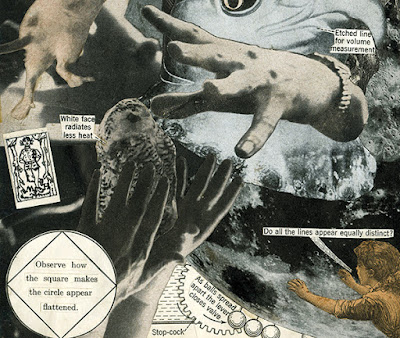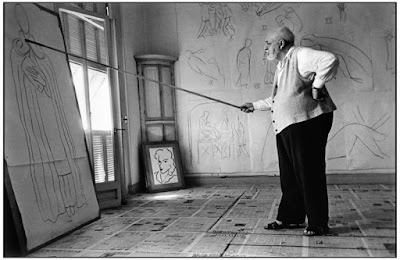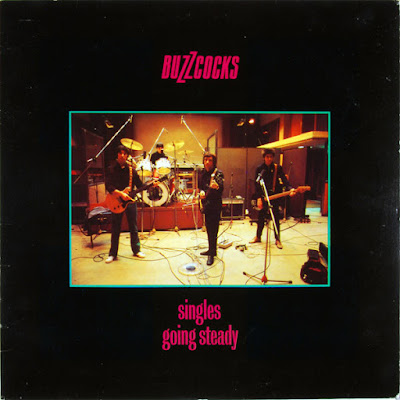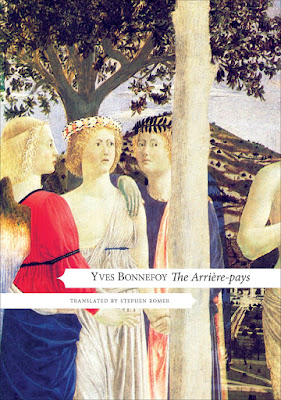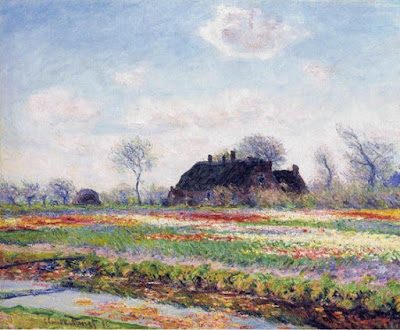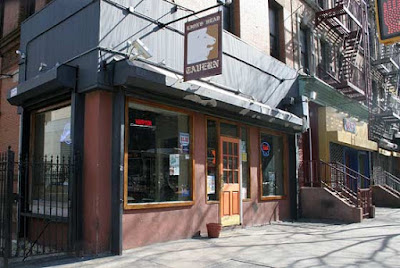
"It had an early incarnation on Hudson Street. And even past its heyday, it lingered on as a popular neighborhood bar until the taxman shut its doors in 1996 (left, during last call). But the Lion Head’s glory days as a legendary Greenwich Village watering hole was during the 1960s. That’s when the downstairs bar at 59 Christopher Street equally attracted literary types and longshoremen, and drinkers could rub elbows with writers, newspaper reporters, Irish folk singers, politicians, and a pre-fame Jessica Lange, who waited tables. Pete Hamill, a writer at the New York Post in the mid-1960s, recalled the energy and excitement there in his wonderful 1994 memoir, A Drinking Life. 'In the beginning, the Head had a square three-sided bar, with dart boards on several walls and no jukebox,' he writes. 'I don’t think many New York bars ever had such a glorious mixture of newspapermen, painters, musicians, seamen, ex-communists, priests and nuns, athletes, stockbrokers, politicians, and folksingers, bound together in the leveling democracy of drink.' ..."
Ephemeral New York
NY Times: Years After Last Call, Keeping a Bar’s History Alive
Lion’s Head roared - Greenwich Village saloon was home to many Irish and other rogues
NY Daily News: LAST CALL FOR LION'S HEAD BAR IN VILLAGE (Video)
Lion’s Head



